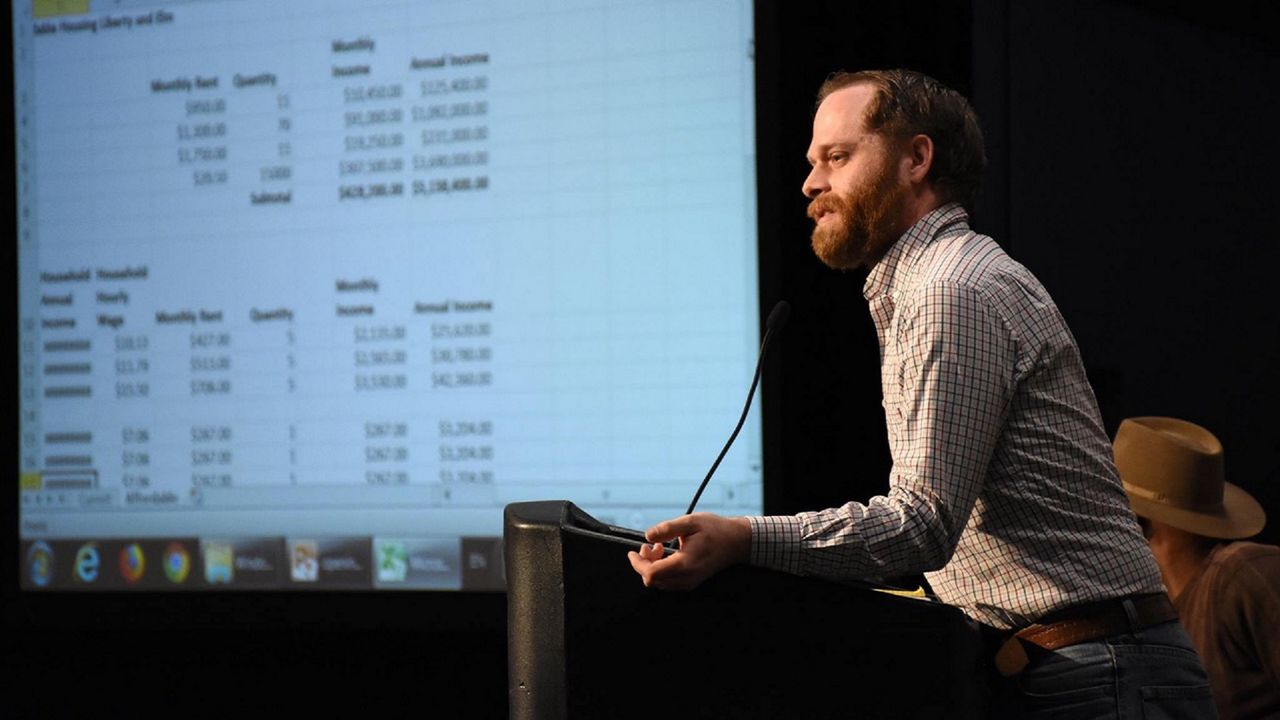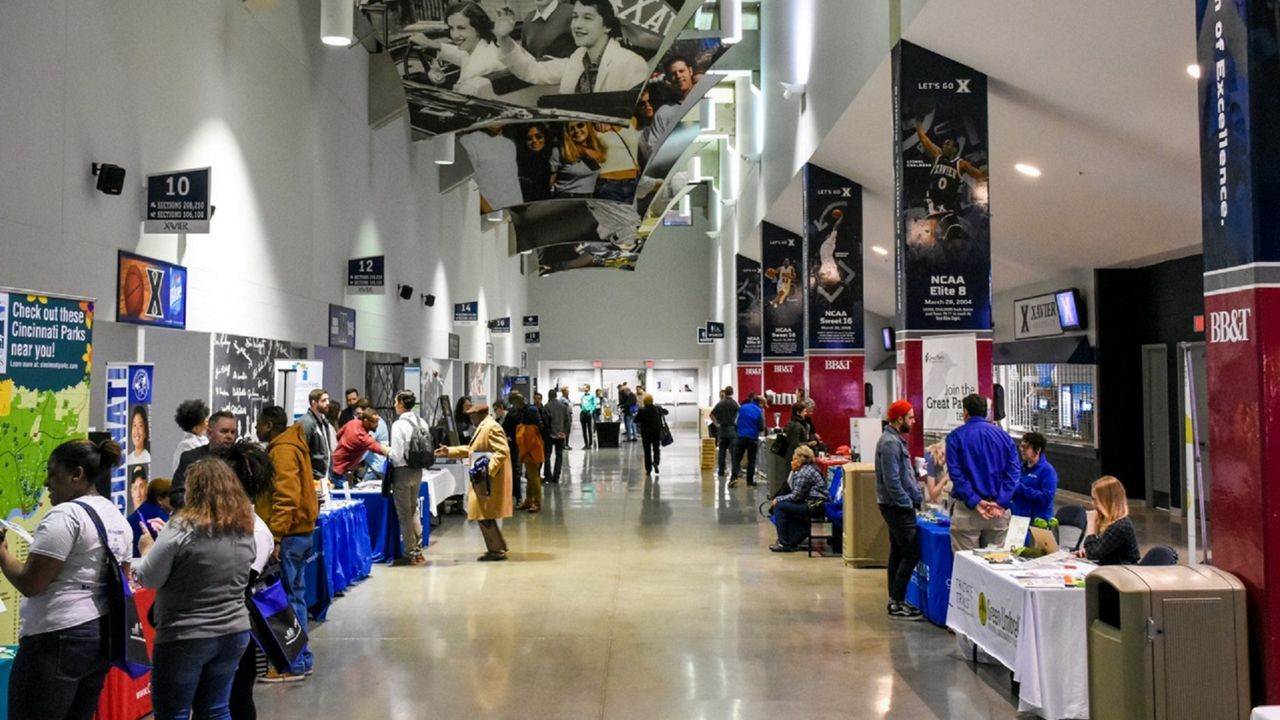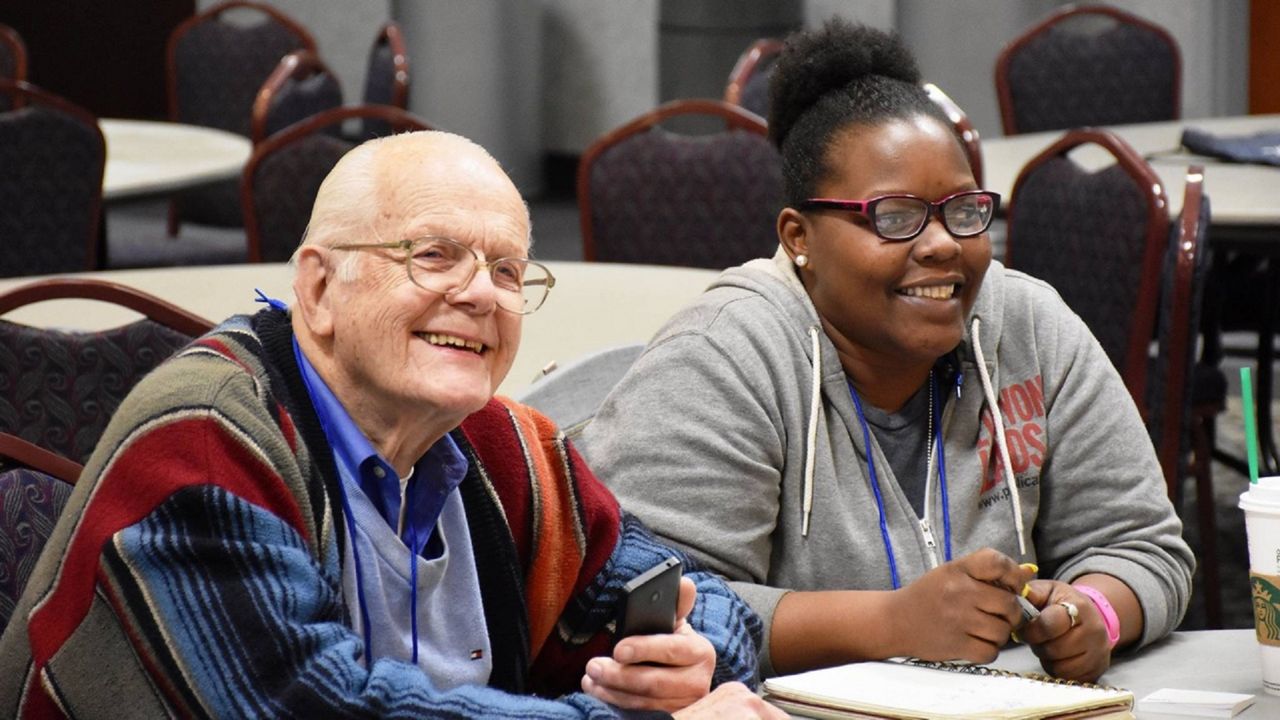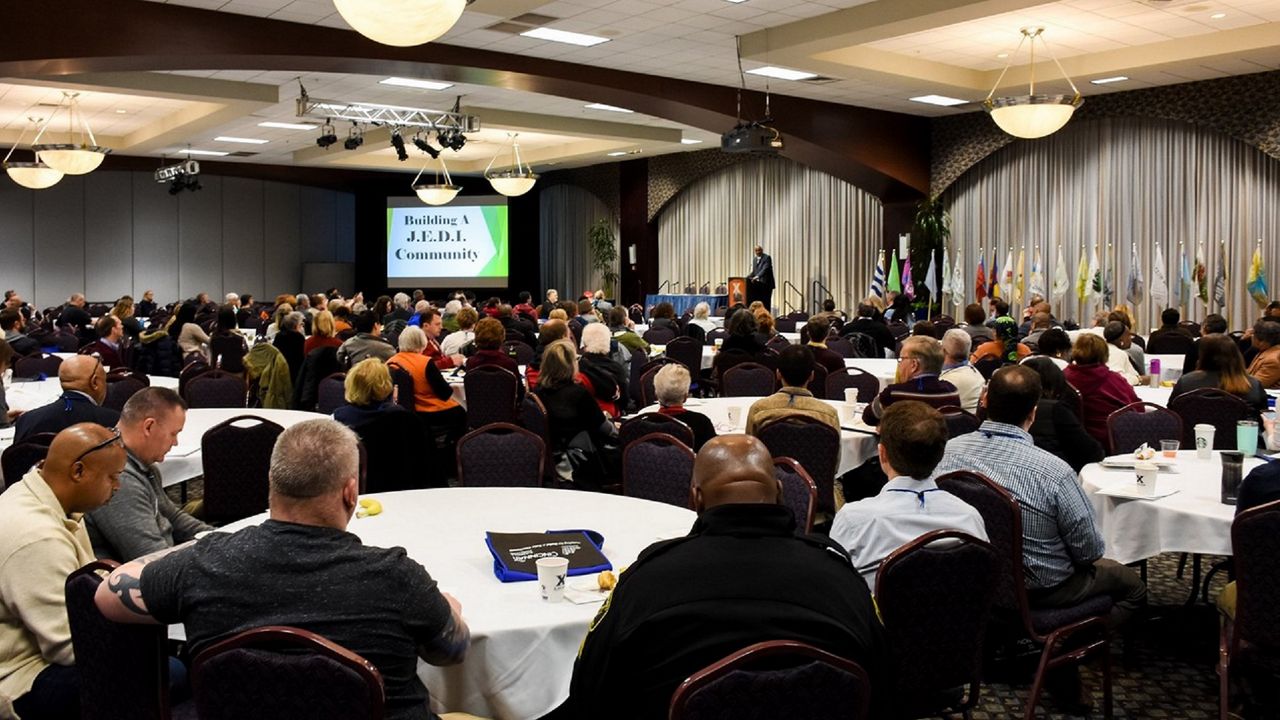CINCINNATI — National health data shows that the life expectancy of a Cincinnati resident can vary by up to 24 years simply based on the neighborhood they call home.
There are no simple answers for why that’s the case, said Kate Schroder, president and CEO of Interact for Health. She noted that the solutions for addressing the problem are no less complex, and they’re far too much for a single organization or government group to solve on its own.
But there’s work that can be done, said Schroder, a former member of the Cincinnati Board of Health. And she feels an important step will be taken toward that goal this weekend.
On Saturday, a group of several hundred Cincinnati residents and industry experts will gather at Xavier University’s Cintas Center to discuss the issue as part of the annual Neighborhood Summit. Interact for Health is co-hosting this year alongside the event's organizer, Invest in Neighborhoods.
What You Need To Know
- The 2023 Neighborhood Summit looks to address issues related to lifespan discrepancies across Cincinnati
- Hundreds of residents, elected officials and civic leaders will take part in a day of panels on related topics ranging from environmental issues to equitable neighborhood development
- Event host Invest in Neighborhoods partnered this year with Interact for Health
- The free event at Cintas Center has been taking place for more than 20 years
For more than two decades, the Neighborhood Summit has brought together civic leaders, elected officials, city departments and nonprofits to work on local quality-of-life matters, such as diversity or engagement. This year’s theme is “Building Healthy Neighborhoods.”

From 8 a.m. until roughly 5 p.m. the roughly 600 attendees from across Cincinnati’s 52 neighborhoods will take part in a series of free seminars, workshops and panel discussions.
“This is really a call-to-action for all of us to come together to tackle these long-standing problems,” said Schroder, who will deliver the keynote remarks during a ticketed kickoff dinner Friday night.
Data collected between 2007 and 2015 showed residents near the affluent Mount Adams neighborhood lived until 87.9 on average, based on information presented by the Cincinnati Health Department. Meanwhile, the same data set showed residents of Lower Price Hill and Queensgate had a life expectancy of 62.9.
About 10 neighborhoods had a life expectancy rate below 70, well below the city’s average of 76.1 during that time period.
The length of a person’s life, and the quality of their life, is overwhelmingly determined by a person’s environment and social factors surrounding them, according to the County Health Rankings & Roadmaps, a program of the University of Wisconsin Population Health Institute.
Many people think that those gaps in lifespan between neighborhoods are driven by individual health care decisions or access to health care, Schroder said, but it’s actually only about 20%.
Schroder described the Neighborhood Summit as a key step to “adding life to years and years to life” in ZIP codes across the city.
“For us to address these challenges, it’s going to take more than any one organization or any one individual, even any government can’t do it alone,” she added. “These are complex, hard issues, but progress is possible if we wrap our arms around each other and say, ‘Let’s do this together.’”
Summit-goers will have the chance to do just that on Saturday. It has 22 breakout sessions covering topics such as education, addressing food deserts, affordable housing, blight, transportation, access to parks and recreation and others.
One of the signature topics is the Green Cincinnati Plan and the city’s approach to climate resilience. The effects of climate change are expected to have a disproportionately greater health impact on predominantly Black, brown and low-income neighborhoods.
The format of each session varies. Some involve a presentation followed by a moderated discussion and period, while others operate as a think-tank.

“The panels are always very informative, but this year we’re looking for the audience to be more active participants in the conversations,” said Elizabeth Bartley, executive director Invest in Neighborhoods.
A panel Bartley highlighted features Sheryl Long, Cincinnati’s first-year city manager.
Long has attended the Neighborhood Summit in the past, but this will be her first time in attendance as the city’s administrative leader. After more than three years as an assistant city manager, she took over the top job in September.
On Saturday, Long will lead a 40-minute question-and-answer period alongside her two assistant city managers.
Long described the city as being committed to developing a “holistic” plan for improving neighborhood health. Key targets she referenced are affordable housing, equitable neighborhood development, improving access to city services and addressing pedestrian safety issues.
“I’m looking forward to sharing our progress, but also, more importantly, to hearing from others about what they’re working on,” Long added.
Bartley expects to see “almost everyone who is involved in community work in Cincinnati” at the Neighborhood Summit.
Plans call for Mayor Aftab Pureval, Vice Mayor Jan-Michele Lemon Kearney to take part in the formal program. Council members Reggie Harris, Mark Jeffreys and Meeka Owens are presenting.
There’s also a so-called “speed dating” round during the lunch break where residents can take turns having sit-down conversations with members of City Council.
“They’re all there,” Bartley said. “This is a once-a-year opportunity to come together to exchange ideas and discuss what’s going on in the city and what we need to work on.”
Ashlee Young, Interact for Health’s vice president of policy & engagement, will offer opening remarks on Saturday. She described the Neighborhood Summit as a rare opportunity for residents to tell their elected leaders what isn’t working for them.

“They’re accountable to us,” she added. “It’s up to us to share with them what’s important to our communities, and it’s up to all of us to work collectively together.”
The first Neighborhood Summit Carol Gibbs attended was more than a decade ago. That experience helped the Mount Auburn resident realize every neighborhood has some idiosyncrasies that make it unique to the one next to it, she said.
“There’s so much to learn,” said Gibbs, speaking in part of the number of booths set up by city departments and nonprofit or community organizations.
Half of the tables are city departments and the other half are community agencies, such as People Working Cooperatively or the Urban League of Southwestern Ohio.
There are poster boards and videos, and opportunities to chat. But they’re not just handing out fliers or business cards, Bartley said. This year they’re focused on immediate engagement and getting people to sign up for housing programs or support services on the spot.
While the sessions and vendors are great, Gibbs said, the biggest part of the event is a group of “doers” coming together to address regional issues.
She mentioned meeting loads of people who’ve been influential in the development of her neighborhood — developers, politicians, social justice advocates and leaders of other community councils. There’ve been more than a few concerned residents as well, she said.
“It really is a relationship builder,” Gibbs said of the Neighborhood Summit. “Creating those relationships is so important to community work, and the summit sets up an opportunity for partners to come together and get things started.”
Schroder acknowledges that the Neighborhood Summit won’t lead to any immediate solutions for closing local health gaps. But she believes the conversations that take place during it may play an important role in doing just that.
“We’re committed to making sure that our neighbors are healthier and our communities are strong,” she said.
Additional information is available on the Invest in Neighborhoods website.



